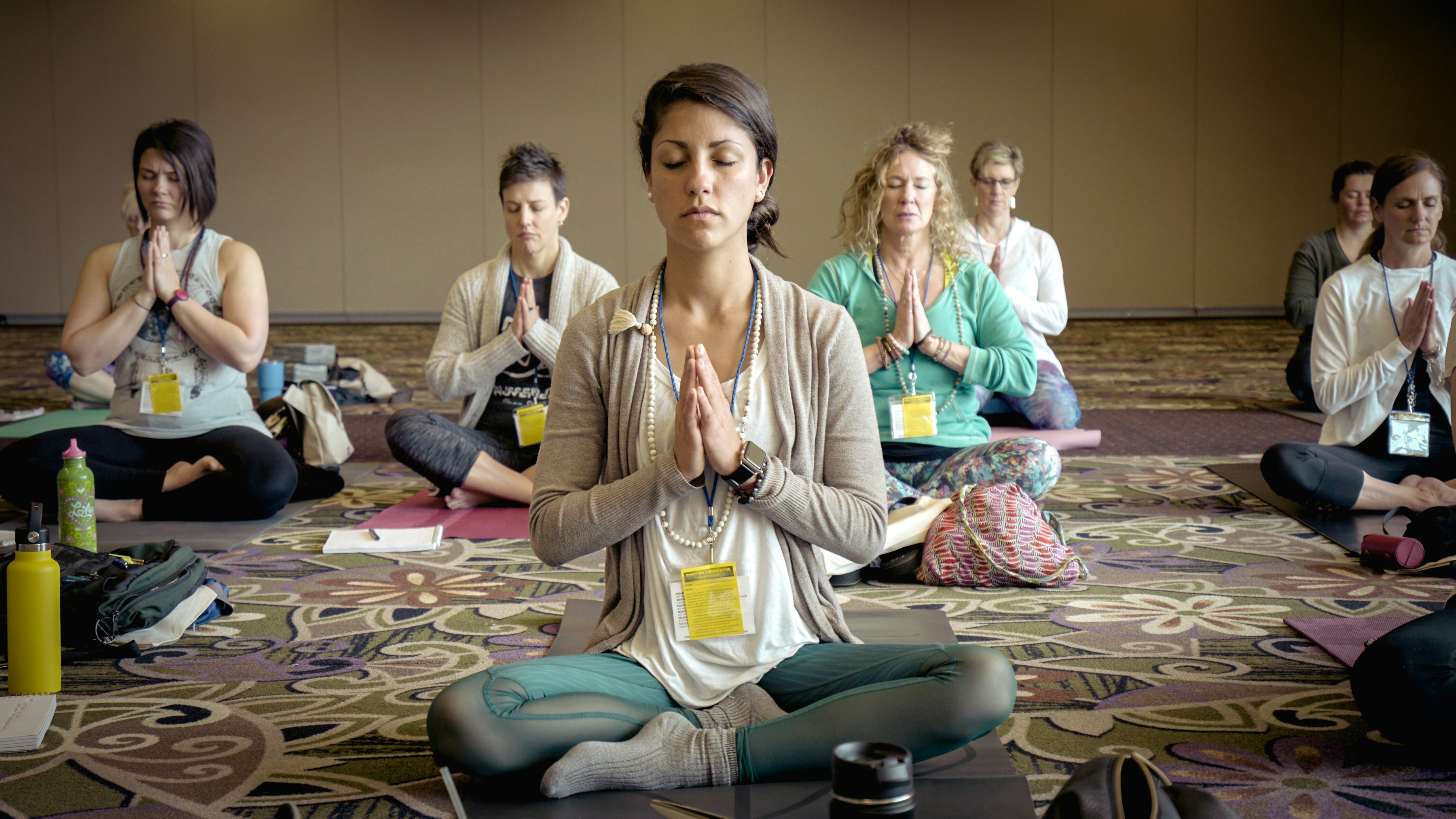Do you ever feel overwhelmed, stressed, or anxious? In today's fast-paced world, it's easy to feel disconnected and out of balance. However, finding inner peace is crucial for your well-being, and yoga can help you achieve that. In this article, we'll explore the benefits of yoga and how it can help you find inner peace.
What is Yoga?
Yoga is an ancient practice that originated in India over 5,000 years ago. It is a mind-body practice that combines physical postures, breathing techniques, meditation, and relaxation to promote overall health and well-being. There are many different types of yoga, but they all share the same goal: to help you achieve inner peace and balance.
The Benefits of Yoga for Inner Peace
Yoga has many physical and mental benefits, including reducing stress, anxiety, and depression. It helps you to feel more relaxed and centered, and it can improve your overall health and well-being. Here are some of the key benefits of yoga for inner peace:
1. Reduces Stress and Anxiety
Yoga is a powerful tool for reducing stress and anxiety. The physical postures and breathing techniques help to calm your nervous system and promote relaxation. Studies have shown that regular yoga practice can reduce stress and anxiety levels and improve overall mental health.
2. Improves Sleep Quality
If you have trouble sleeping, yoga may be able to help. Certain postures and breathing techniques can help to calm your mind and relax your body, making it easier to fall asleep and stay asleep throughout the night.
3. Increases Self-Awareness
Yoga is a practice of self-discovery and self-awareness. Through regular practice, you can learn to connect with your body and mind, and become more aware of your thoughts, feelings, and emotions. This increased self-awareness can help you to find inner peace and balance.
4. Boosts Mood and Energy
Yoga can help to boost your mood and energy levels. The physical postures and breathing techniques increase blood flow and oxygen to the brain, promoting feelings of happiness and well-being.
5. Promotes Overall Health and Well-being
Yoga is a holistic practice that promotes overall health and well-being. Regular practice can improve your flexibility, strength, and balance, and it can also help to reduce your risk of chronic diseases such as heart disease, diabetes, and high blood pressure.
How to Get Started with Yoga
If you're interested in trying yoga, there are many resources available to help you get started. You can find yoga classes at local studios, community centers, and gyms, or you can try practicing at home with online videos or apps. Here are some tips for getting started with yoga:
1. Find a Beginner-Friendly Class
If you're new to yoga, it's important to find a class that is geared towards beginners. Look for classes that are labeled as "introductory" or "beginner-friendly," and ask the instructor if they can provide modifications for any poses that may be challenging for you.
2. Invest in a Good Yoga Mat
A good yoga mat is essential for a comfortable and safe practice. Look for a mat that is thick and provides good grip, and make sure it is large enough to accommodate your height and width.
3. Practice Consistently
Like any other form of exercise, yoga requires consistent practice to see results. Try to practice yoga at least three times per week, and aim for 30-60 minutes per session.
4. Listen to Your Body
Yoga is a practice of self-care, so it's important to listen to your body and do what feels right for you. If a pose feels uncomfortable or painful, modify it or skip it altogether. Remember, yoga is not a competition, and there is no right or wrong way to practice. The most important thing is to listen to your body and do what feels good for you.
Conclusion
Finding inner peace is essential for our well-being, and yoga can be a powerful tool to help us achieve that. Whether you're looking to reduce stress and anxiety, improve your sleep, increase your self-awareness, boost your mood and energy, or promote overall health and well-being, yoga has something to offer. With regular practice and a commitment to self-care, you can find the inner peace and balance that you deserve.
FAQs
1.
Is yoga suitable for everyone? Yoga can be modified to suit people of all ages, abilities, and fitness levels. However, if you have any medical conditions or injuries, it's important to speak with your doctor before starting a yoga practice.
2.
Do I need to be flexible to do yoga? No, you don't need to be flexible to do yoga. Yoga can help to improve your flexibility over time, but it's not a requirement to start.
3.
What should I wear to a yoga class? Wear comfortable, breathable clothing that allows you to move freely. Avoid clothing that is too loose or too tight.
4.
Can I practice yoga at home? Yes, you can practice yoga at home with online videos, apps, or books. However, it's recommended to start with a beginner-friendly class or have a teacher guide you to ensure proper form and safety.
5.
How long does it take to see the benefits of yoga? The benefits of yoga can be felt after just one session, but it typically takes consistent practice over time to see long-term benefits.

